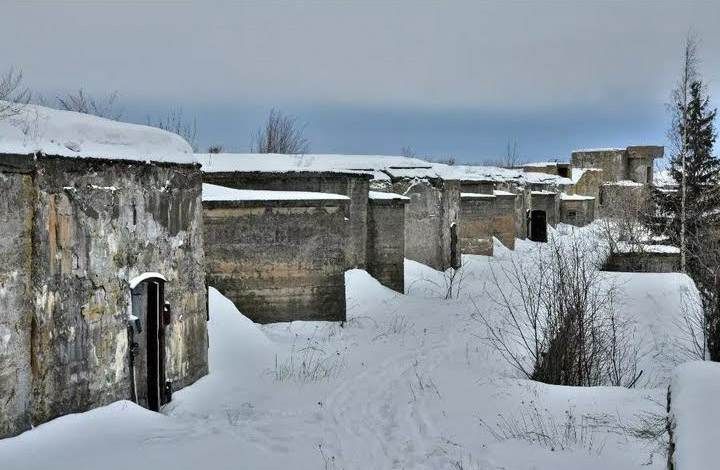
Вторая мировая война навсегда вошла в историю человечества. Через боль он обрушился на будущее людей и народов. Он оставил шрамы на улицах города. Можно сказать, что всадники Бонков — следы таких солдат. Во время войны и годы после ее окончания было построено большое количество военных бункеров — в них строились командные пункты, узлы связи, склады и другие важные военные объекты. Укрепления для обороны или безопасности десятилетиями оставались секретом. Во время холодной войны продолжалось строительство больших бункеров, а также государственных законов и контрольно-пропускных пунктов для защиты в случае ядерной войны.
World War II has gone down in human history forever. Through the pain it brought down the future of people and nations. It left scars on the streets of the city. It can be said that the Bonk Riders are the footprints of such soldiers. During the war and the years after it ended, a large number of military bunkers were built - command posts, communication centers, warehouses and other important military facilities were built in them. Fortifications for defense or security remained a secret for decades. During the Cold War, construction of large bunkers continued, as did state laws and checkpoints for protection in the event of nuclear war.
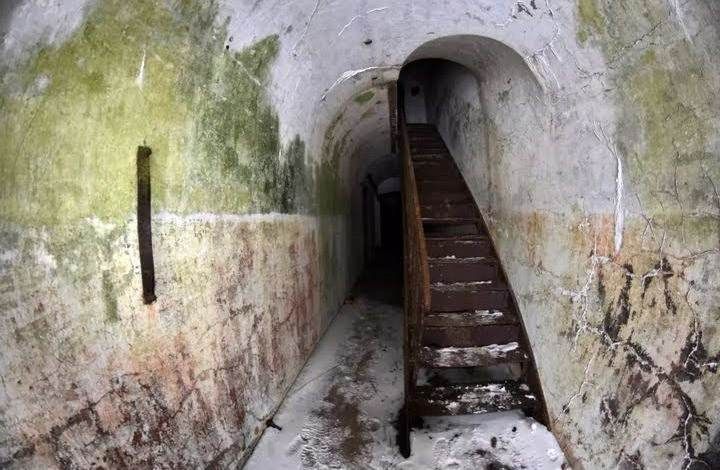
Некоторые из этих построек недавно были сняты и открыты для публики. Бункер Сталина в Самаре «Дот Сталина» — это общее название обороны в Самаре, которая предназначалась для укрытия штаба Верховного Главнокомандующего Вооруженными Силами СССР И.В. Сталин. Построен в 1942 году. Это самый прочный из убранных до сих пор бункеров. Его глубина 37 метров, высота здания 12 этажей. Бункер строили лучшие специалисты страны - московские вагоностроители, а также рабочие Донбасса и простые рабочие. Подземное сооружение стало причиной падения Московского международного аэропорта.
Some of these structures have recently been removed and opened to the public. Stalin's Bunker in Samara "Stalin's Dot" is the common name for the defense in Samara, which was intended to shelter the headquarters of the Supreme Commander-in-Chief of the Armed Forces of the USSR, Stalin. It was built in 1942. It is the strongest of the removed bunkers so far. Its depth is 37 meters, the building height is 12 floors. The best specialists of the country - Moscow carriage builders, as well as the workers of Donbass and ordinary workers built the bunker. The underground structure caused the fall of the Moscow International Airport.

Во всех строителях она прописана, чтобы не раскрывать тайну государства, не имеющую принципа давности. В результате даже живущие рядом люди не знают, что творится за высокими стенами стройки. Ночью землю вывезли на грузовике. Почти все строители не выходили из здания, питались в построенных здесь столовых и останавливались в доме отдыха в саду обкома или непосредственно в домах под землей. Работа ведется круглосуточно, в две смены. 6 января 1943 года Государственная комиссия приняла на себя ответственность за бункер Сталина. Его убрали только в 1990 году. Сейчас это Музей гражданской обороны.
In all the builders it is prescribed, so as not to reveal the secret of the state, which has no principle of limitation. As a result, even the people who live nearby do not know what is going on behind the high walls of the construction site. At night the earth was taken out on a truck. Almost all the construction workers did not leave the building, ate in the canteens built there and stayed in the rest house in the Communist Party garden or directly in the houses under the ground. The work was being done round the clock, in two shifts. On January 6, 1943, the State Commission took over Stalin's bunker. It was removed only in 1990. Now it is the Museum of Civil Defense.
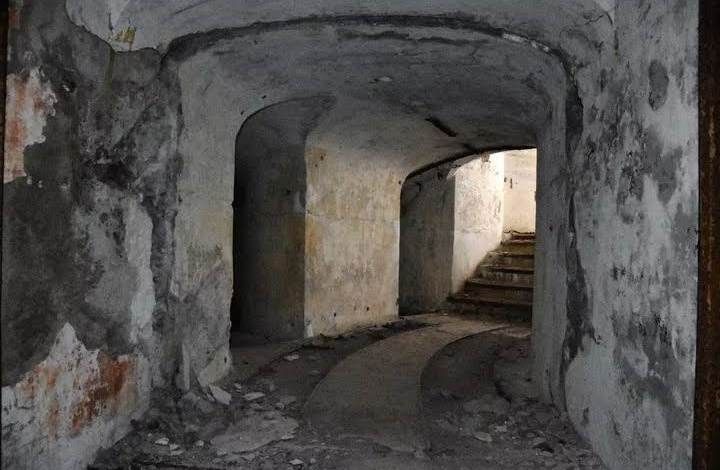
Бункер-42, Москва
Этот бункер находится в центре Москвы, на Таганке, на 5-й Котельнической улице. Много лет назад здесь был авиационный командный пункт (ГО-42). Площадь бункера составляет 7000 квадратных метров. Он находится под землей на глубине 65 м. Строительство подземного бункера в центре Москвы началось в 1945 году в рамках разработки атомной бомбы в США. По личному поручению Иосифа Сталина советские ученые приступили к разработке ядерного оружия и средств защиты от него. Осенью 1947 года ученые института Метрогипротранс подготовили технический проект ДОТа. Компания была основана в Москве в 1950 году.
В 1952 году были завершены основные конструкции бункера, а летом 1953 года установлена система жизнеобеспечения.Бункер Жукова в Самаре
Bunker-42, Moscow
This bunker is located in the center of Moscow, on Taganka, on 5th Kotelnicheskaya Street. Many years ago there was an aviation command post (GO-42) here. The area of the bunker is 7000 square meters. It is located under the ground at a depth of 65 m. The construction of the underground bunker in the center of Moscow began in 1945 as part of the development of the atomic bomb in the United States. On the personal order of Joseph Stalin, Soviet scientists began to develop nuclear weapons and means of protection against it. In the fall of 1947, scientists from the Metrogiprotrans Institute prepared a technical design for the DOT. The company was founded in Moscow in 1950.
In 1952, the basic structures of the bunker were completed, and in the summer of 1953 installed a life support system.Zhukov Bunker in Samara
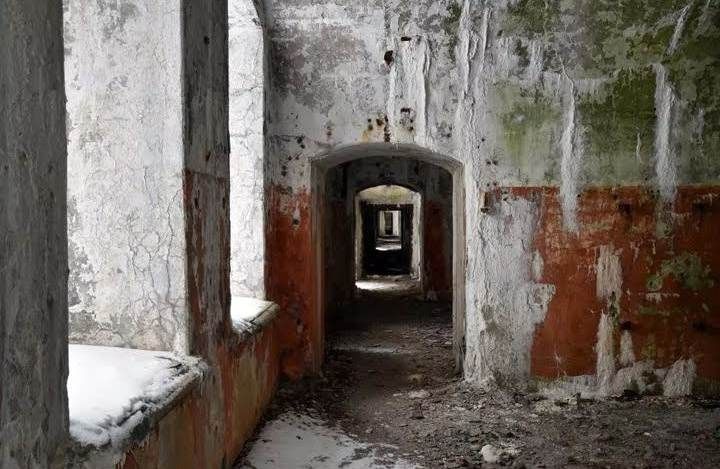
"Пункт А" - ДОТ на территории санатория "Волга" был построен для солдат при штабе с ноября 1941 по 1943 год. Начальником штаба в начале войны был Жуков Георгий Константинович, поэтому ДОТ отвечает его имени. Он исправно работал более 30 лет, затем был заброшен и затоплен.
"Point A" - DOT on the territory of the sanatorium "Volga" was built for the soldiers under the headquarters from November 1941 to 1943. The Chief of Staff at the beginning of the war was Georgy Konstantinovich Zhukov, so the DOT bears his name. It functioned properly for more than 30 years, then was abandoned and flooded.
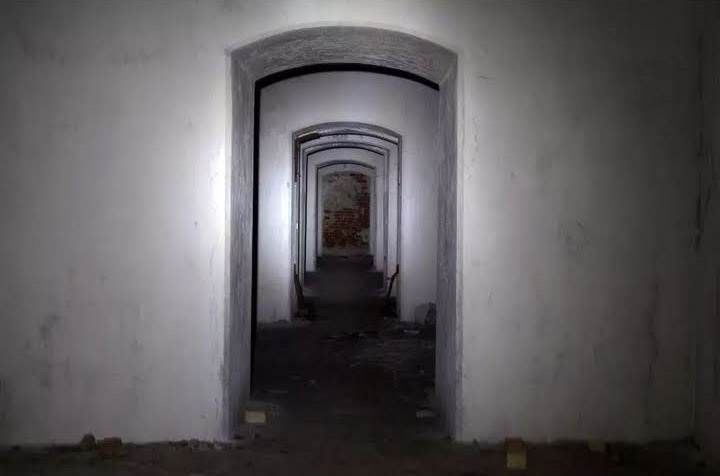
В октябре 2017 года на проходной Общественного зала Самарской области заброшенный бункер был открыт для посещения организованной группой. Тогда же ему дали название «Бункер Жукова».
Первые гастроли здесь разрешили в 2017 году. Буквально на днях, 8 мая 2020 года, после реставрации открылся Жуков Бункер Клуб.
In October 2017, an abandoned bunker was opened to the public by an organized group at the entrance hall of the Samara Region Public Hall. At the same time it was given the name "Zhukov's Bunker".
The first tour was allowed here in 2017. Just the other day, on May 8, 2020, the Zhukov Bunker Club opened after restoration.

Зенитные бункеры в Гамбурге
Бункер Flakturm IV Hamburg расположен в Гамбурге, на пересечении двухполосной дороги Feldstraße, ведущей к Heiligengeistfeld. После войны Второй мировой войны нацистское правительство быстро начало создавать арьергард. Одним из таких военных объектов был зенитный бункер Flakturm IV Hamburg. Строительство здания было начато в конце апреля 1942 г. и было готово к эксплуатации в октябре 1942 г. После войны строительство длилось более полувека, хотя в Германии существовала программа В этом подвале находятся военные операции проводятся. он был перестроен. В 1950-х годах живую индустрию использовала местная телекомпания, а в начале 21 века она стала местом встречи художников и музыкантов. Проект перестройки бункера солнечной электростанции утвердили только в начале нового тысячелетия.
The flak bunkers in Hamburg
Bunker Flakturm IV Hamburg is located in Hamburg, at the intersection of the two-lane Feldstraße road leading to the Heiligengeistfeld. After World War II, the Nazi government quickly began to create a rearguard facility. One of these military facilities was the Flakturm IV Hamburg anti-aircraft bunker. Construction of the building began in late April 1942 and was ready for use in October 1942. After the war, construction lasted more than half a century, although Germany had a program In this basement are military operations. In the 1950s it was used by a local television station, and in the early 21st century it became a meeting place for artists and musicians. The project to rebuild the solar power plant bunker was not approved until the beginning of the new millennium.

В сочетании с эксплуатационными возможностями проект соответствует техническим условиям строительства мемориала на месте первого зенитного бункера с учетом плана города. Первоначальный вид здания сохранился, а на его верхнем этаже расположился музей. На высоте 30 метров в смотровой площадке предусмотрено открытое пространство, откуда открывается прекрасный вид на Гамбург. Стоимость проекта составляет около 30 миллионов евро, в том числе стоимость установки энергетического оборудования – 12 миллионов. Евро. Часть расходов покрывается за счет грантов Фонда развития Европейского союза и организаций, занимающихся исследованиями климата. Другой такой гамбургский бункер, Flakturm VI Hamburg, все еще ждет своего будущего - своего будущего как места текущих воспоминаний и дискуссий.
Combined with the operational capacity, the design meets the specifications for the construction of the memorial on the site of the first anti-aircraft bunker, taking into account the city's plan. The original appearance of the building has been preserved, and a museum is located on its top floor. At a height of 30 meters, the observation deck provides an open space with a beautiful view of Hamburg. The cost of the project is around 30 million euros, including the installation of energy equipment at a cost of 12 million euros. Euro. Part of the cost is covered by grants from the European Union Development Fund and climate research organizations. Another such bunker in Hamburg, Flakturm VI Hamburg, is still waiting for its future - its future as a place of ongoing memories and discussions.

Бункер расположен в районе Вильгельмсбург в Гамбурге. Шестой авиационный комплекс, строительство которого началось в районе Вильгельмсбург Гамбурга в 1943 году, вступил в строй осенью 1944 года.
Кстати, 17 октября 1947 года англичане попытались взорвать бункер, но разрушить его удалось лишь частично — обвалилась часть потолка и лестница.
The bunker is located in the Wilhelmsburg district of Hamburg. The sixth aviation complex, construction of which began in the Wilhelmsburg district of Hamburg in 1943, became operational in the fall of 1944.
By the way, on October 17, 1947, the British tried to blow up the bunker, but it was only partially destroyed - part of the ceiling and stairs collapsed.
Congratulations, your post has been curated by @r2cornell, a curating account for @R2cornell's Discord Community.